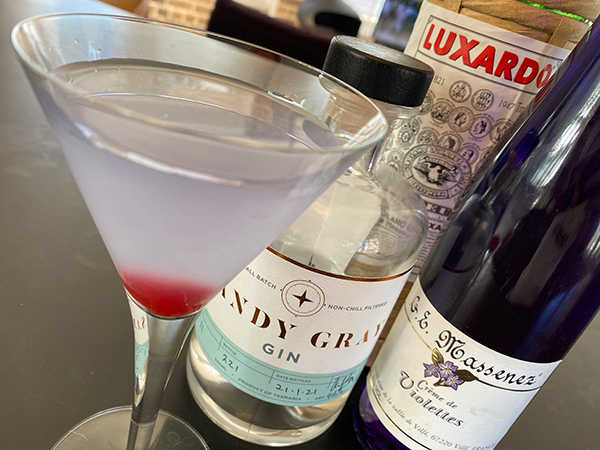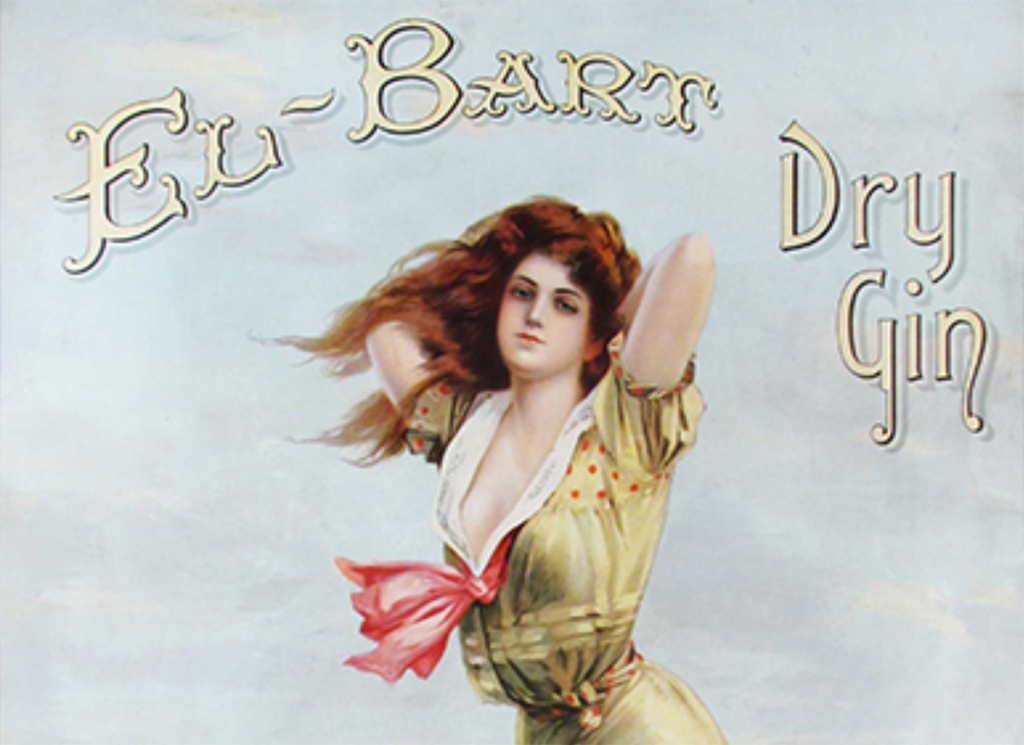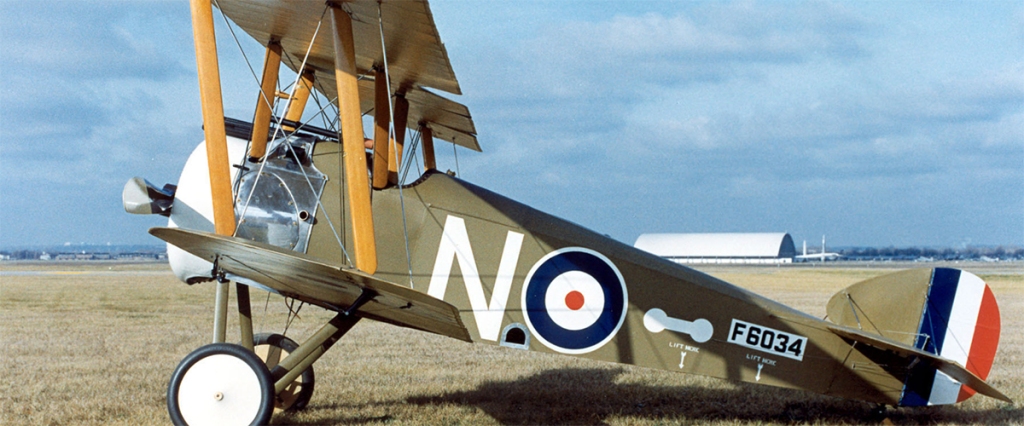A Sydney ‘lock-down’ version of the ‘Aviation’ cocktail – a notorious love-it or hate-it mix.
Sydney’s Covid Lockdown has inspired me to explore this famous cocktail. Let’s take a look at the classic ‘Aviation’ Cocktail and explore some cocktail history, and the challenges of rare ingredients.

AVIATION
Created by German Bartender and Author Hugo Ensslin, while at the Hotel Wallick in New York.
The Aviation connects the early age of flight, with trans-Atlantic cocktail history and the upheaval of World War One.
Let’s give the Aviation a 2021 ‘Locktail’ (Sydney Covid Lockdown) re-discovery.
Make your own Locktail, the WWI classic ‘Aviation’. Here is my Sydney Lock-Tail recipe:
INGREDIENTS
45ml Gin (London Dry Style)
15ml Maraschino (Luxardo)
20ml Lemon Juice (fresh)
10ml Créme de Violette (Massenez)
Glassware – Coupe (Martini or Cocktail)
Preparation – Shake (with ice) Double Strain
Ice – None (only for shaking)
Garnish – Maraschino (Cocktail) Cherry
Cost – $$ (around AUD $8 ea)
Rating – ⭐⭐⭐⭐ 4-stars (excellent)
Mixed – 12 September 2021
Difficulty to Make – 🍸🍸🍸 (Moderate)
LT Number – 024
Invented – before 1916 (by Hugo Ensslin)
Home – New York, USA
METHOD — Add 45ml Gin (London Dry Style – I’ve used Sandy Gray artisan small batch from Tasmania), 15ml Luxardo Maraschino, 20ml fresh Lemon Juice and 10ml Crème de Violettes (Massenez, you can see their product here), into a cocktail shaker. Shake with ice until very cold (15-20 seconds) and double strain into a chilled Martini, Coupe or Cocktail glass. Garnish with a Maraschino Cocktail Cherry.
HISTORICAL NOTES – The ‘Aviation’ first appears in print in Hugo Ensslin’s ‘Recipes for Mixed Drinks’, published in 1916. Head bartender at New York’s Hotel Wallick, Ensslin is credited with the drink’s creation. His recipe was, one-third lemon juice, two-thirds El Bart gin, two-dashes of Maraschino, two-dashes of Créme de Violette, shaken, strained and served
Of great historical interest, is the specific call for ‘El Bart Gin’ as the largest ingredient, a Gin that did not survive the Second World War.

The original of El Bart Gin starts with the Campbell Distillery, London in the mid 1800’s, possibly earlier. They produced Gin by ‘grogging’ (extracting spirit from the timber of old whisky casks), a process made illegal by an act of English Parliament in 1898. With their process untenable, the recipe was sold to the Wilson Distilling Company in American in the early 1900’s. Wilson’s started advertising ‘El Bart Gin’ in 1905.
Advertisements from the time of Hugo Ensslin’s book (1916), claim that El Bart is “pure, fragrant and straight, and that it is the dryest gin.” World War One was interrupting supplies of London Dry Gin, and El Bart was one of very few London Dry styles available and locally produced in the USA. Other recipes called for sweeter ‘Old Tom’ style or Holland (Genever) style gin, other than 30-recipes in Ensslin’s Book that specifically name El Bart – the common factor being a call for ‘London Dry’ with limited botanicals. It also seems this was a high-alcohol Gin, at around 94.4 proof (47.2% abv), just short of Navy Strength.
World War One and then Prohibition saw more domestic competition, and shortly after World War Two (in the late 1940’s or early 1950’s), El Bart Gin disappeared completely. El Bart is an interestingly ironic Gin for the Aviation, connecting ‘Anglo-American’ ties of the WWI era with a Gin that started its life in the UK and moved to the USA and into 30 of Ensslin’s Cocktails that called for a London Dry Style, in those early day’s of Aviation. 1916 is the year William Boeing forms his aircraft company and in Europe the Red Barron is coming to fame as World War One’s most famous Air Ace.

Créme de Violette also presented challenges to the survival of the Aviation, created in the 1800’s and possibly earlier, the ingredient became rare in from the 1930’s (the time of Harry Craddock’s book) and disappeared almost entirely in the 1960’s. It’s rarity the subject of a 1965 episode of ‘The Avengers’. Thankfully it has returned since the early 2000’s, although still a challenging cocktail ingredient to source.
THE OFFICIAL MIX – The ‘Aviation’ is included among the 33-cocktails in the International Bartender Association (IBA) ‘The Unforgettables’ list, here. The IBA recipe is 45ml Gin, 15ml Maraschino Luxardo, 15ml fresh Lemon juice, 1 bar-spoon Crème de Violette. Shake and strain into a cocktail glass and garnish with a Maraschino Cherry (optional). Although one could argue the Hugo Ensslin’s recipe (in the history above) is really the official recipe.
TASTING NOTES – The ‘Aviation’ is about balancing the Maraschino and the Violette, and the ‘light-blue’ colour that is reminiscent of early aviation history and light-blue skies. Without the ‘Créme de Violette’ (and yes it can be challenging to find), the cocktail is not an ‘Aviation’ in my humble opinion. This is one of the few times that I firmly disagree with Harry Craddock, and his famous 1930 ‘The Savoy Cocktail Book’, where he completely omits the Violet, most likely due to it’s rarity at the time.
The cocktail largely rests on the quality of the Créme de Violette you have, and making sure the Maraschino is Luxardo only. Creme Yvette and Parfait Amour are sometimes suggested as Créme de Violette replacements, they are not suitable for this cocktail in my view, due to the strong additional flavour introductions that these liqueurs bring to the cocktail.
The ‘Aviation’ is a cocktail work of art, making sure the Violet and Cherry are in balance, and the sourness of the Lemon does not dominate. When the balance is right, the cocktail is cold, the colour is pure sky blue, and the result is a divine and elegant cocktail. Strong notes of violet and cherry in a Gin Sour with an almost unique colour profile – close to Cocktail perfection.
Get the mix wrong, and this can be an awful cocktail. The wrong Gin, other Maraschino, poor quality Violet or just the wrong quantities, and this can move from a sour mess, to a flower bowl, or to tasting “like hand soap”, as famous contemporary cocktail luminary Dale DeGroff says of the Aviation. This is certainly a cocktail you either love or hate.
LOCKTAIL CHANGES – This is a cocktail where you have to get the balance right for your preferences and also to match the strength of the ingredients you are using. Créme de Violette is very variable in strength. Too much and it tastes like your Grandmother’s pot pourri, too little and the flavour is lost and the sky-blue colour of the cocktail with it. I am going with 10ml and I like the Violet to be just lesser than the Maraschino, but that can be too much for some tastes. If so, bring it back to 7.5ml (1/4 shot) or even 5ml (a bar spoon). Source the Massenez Crème de Violettes if you can, see website here.
As noted in the history, the El Bart Gin has not been available since the 1950’s. I have gone with Sandy Gray Gin from Tasmania, website here. It is London Dry in style, juniper forward and not too many floral botanicals for this mix, ensuring the violet and cherry flavours remain dominant. The spices of Pepperberry, Cardamon and Cassia add a little pleasant warmth to the blend. At 46 percent ABV (92 proof), it is close to the alcohol profile of the original El Bart. I have also upped the Lemon Juice from 15ml to 20ml to make sure the lemon (sour) flavour of the cocktail equals the floral notes of the Maraschino and Violet, and getting closer to Ensslin’s original recipe.
YOUR LOCKTAIL EXPERIENCE – If you’d rather taste than read, I am progressively building an ingredient list and other sourcing information on this site. I will re-use ingredients where I can (good for my budget too), so that the cost goes down overtime if you are ‘playing at home’.
Let me know what you think.
Cocktails you’d like reinvented.
Recipes you’ve tried and your ‘score’.
This is the fourth of the 1911-1920 bracket of ‘Locktail’ remixes. See the full list in the index.

3 comments for “024 – Aviation”